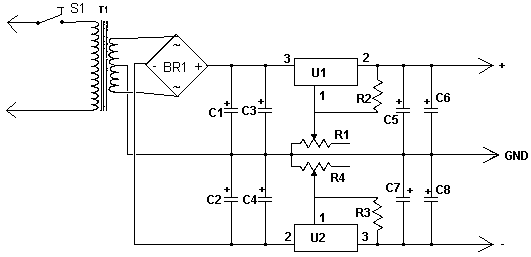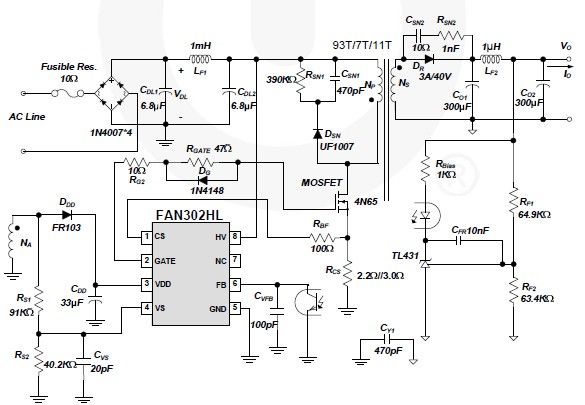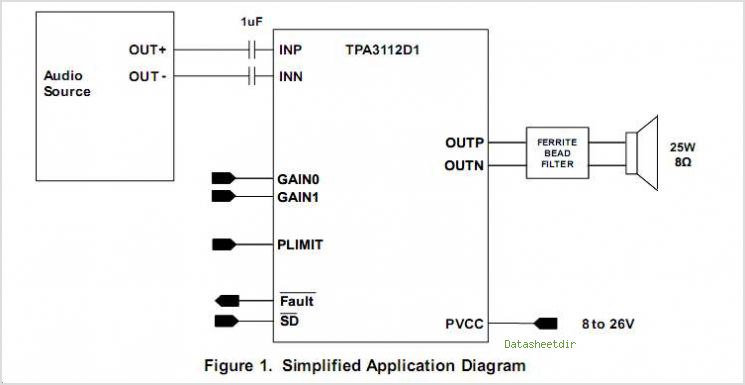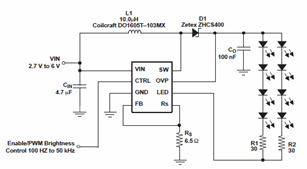
Dual Polarity Power Supply

This dual polarity power supply is easy to build, requires few parts, and is adjustable from 0-15 volts. It is great for powering op amp circuits, as well as other circuits that require a dual supply voltage.
The dual polarity power supply circuit typically consists of a transformer, rectifier, filter capacitors, and a voltage regulator. The transformer steps down the AC mains voltage to a lower AC voltage, which is then fed into a full-wave rectifier. The rectifier converts the AC voltage to pulsating DC voltage.
For this design, a center-tapped transformer is often used, allowing for the generation of both positive and negative voltages. The output from the transformer is connected to a bridge rectifier, which consists of four diodes arranged in a configuration that allows for the conversion of both halves of the AC waveform into a unidirectional current.
After rectification, the output will contain a ripple voltage, which can be smoothed using filter capacitors. Typically, large electrolytic capacitors are used to reduce the ripple voltage to an acceptable level. The voltage regulators, such as the LM7815 for the positive output and LM7915 for the negative output, are then employed to provide stable output voltages. These regulators can be adjusted using external resistors or potentiometers to achieve the desired output voltage within the range of 0-15 volts.
This power supply configuration is particularly suitable for operational amplifier circuits, which often require dual supply voltages for optimal performance. The adjustable nature of the power supply enhances its versatility, allowing it to cater to various applications in electronic projects. Proper heat sinking for the voltage regulators is recommended to ensure reliable operation, especially under higher load conditions.This dual polarity power supply is easy to build, requires few parts, and is adjustable from 0-15 volts. It is great for powering op amp circuits, as well as other circuits that require a dual supply voltage.
🔗 External reference
The dual polarity power supply circuit typically consists of a transformer, rectifier, filter capacitors, and a voltage regulator. The transformer steps down the AC mains voltage to a lower AC voltage, which is then fed into a full-wave rectifier. The rectifier converts the AC voltage to pulsating DC voltage.
For this design, a center-tapped transformer is often used, allowing for the generation of both positive and negative voltages. The output from the transformer is connected to a bridge rectifier, which consists of four diodes arranged in a configuration that allows for the conversion of both halves of the AC waveform into a unidirectional current.
After rectification, the output will contain a ripple voltage, which can be smoothed using filter capacitors. Typically, large electrolytic capacitors are used to reduce the ripple voltage to an acceptable level. The voltage regulators, such as the LM7815 for the positive output and LM7915 for the negative output, are then employed to provide stable output voltages. These regulators can be adjusted using external resistors or potentiometers to achieve the desired output voltage within the range of 0-15 volts.
This power supply configuration is particularly suitable for operational amplifier circuits, which often require dual supply voltages for optimal performance. The adjustable nature of the power supply enhances its versatility, allowing it to cater to various applications in electronic projects. Proper heat sinking for the voltage regulators is recommended to ensure reliable operation, especially under higher load conditions.This dual polarity power supply is easy to build, requires few parts, and is adjustable from 0-15 volts. It is great for powering op amp circuits, as well as other circuits that require a dual supply voltage.
🔗 External reference





